Cargando...
Recursos educativos
-
Nivel educativo
-
Competencias
-
Tipología
-
Idioma
-
Tipo de medio
-
Tipo de actividad
-
Destinatarios
-
Tipo de audiencia
-
Creador
Lo más buscado
- Niños ciegos
- Materiales para experimentos
- Repaso de sintaxis
- Psicología infantil
- Gremios edad media
- Francés-Lengua extranjera
- Dibujos para niños de primaria
- juegos matemáticas
- Mapa de Europa
- Ejercicios escolares para niños de 6 años
- Actividades en la nieve
- Aprender a dividir
- Guía del cómic
- Ejercicios escolares para niños de 8 años
- Cuentos de hadas para niños
-
The propagation of heat
EduBook Organización
- 2267 visitas
Heat transfers from a hot object to a cold object by means of three mechanisms: conduction, convection and radiation. 6.1. Conduction Heat is transmitted through solid substances by conduction (figure…
-

Unit 3: Medieval cities
EduBook Organización
- 2273 visitas
Altarpiece (n): a work of art located above and behind the altar of a church. apprentice (n): a person who acts as assistant and student to a skilled craftsman. artisan (n): a craftsman skilled at…
-
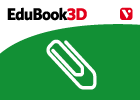
A microscope
EduBook Organización
- 2267 visitas
A microscope is an instrument that magnifies very small objects, like cells, so that we can observe and study them. The main part of this instrument is a metal tube with a lens at each end: the eyepiece…
-
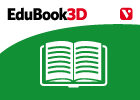
Materials and their properties - Matter and materials
EduBook Organización
- 2182 visitas
What are materials? Materials are the different types of matter that objects are made from. Some materials, like wood, cotton and wool, are found in nature. They are called natural materials. We use…
-
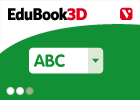
True / False. Properties of light
EduBook Organización
- 2174 visitas
Are these sentences true or false? Light sources produce light. There are natural light sources and artificial light sources. We can convert light from the Sun into electrical energy using solar panels.…
-
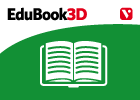
Before you start - Light and sound
EduBook Organización
- 2033 visitas
Didactic objectives Identify light as a type of energy. Describe how light is produced. Understand the difference between transparent, translucent and opaque objects. Distinguish between the reflection…
-
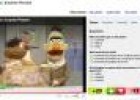
Video: Surprise Present
Esl video Organización
- 1995 visitas
In this 3 minute clip from "Sesame Street" Bert has got a present and Ernie assumes it is for him. He keeps guessing until he opens it and finds out it wasn't meant for him but for Bert's…
-

Unit 7: Art in the 19th century
EduBook Organización
- 2002 visitas
Cast iron (n): a hard type of iron which does not bend; to make things from it, it must be melted and poured into moulds. colonnade (n): a row of columns. Corinthian column (n): a column with a fluted…
-

Invasions and colonisations
EduBook Organización
- 1968 visitas
During the 1st millennium BC, different peoples arrived on the Iberian Peninsula. The Indo-Europeans came from the plains of Central Europe, across the Pyrenees, in a series of invasions. They first…
-
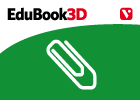
Transparent, translucent and opaque
EduBook Organización
- 1715 visitas
When light travels, it meets different materials. Some materials allow light to pass through them and others do not. We can classify materials into three groups according to how they respond to light.…
Te estamos redirigiendo a la ficha del libro...













